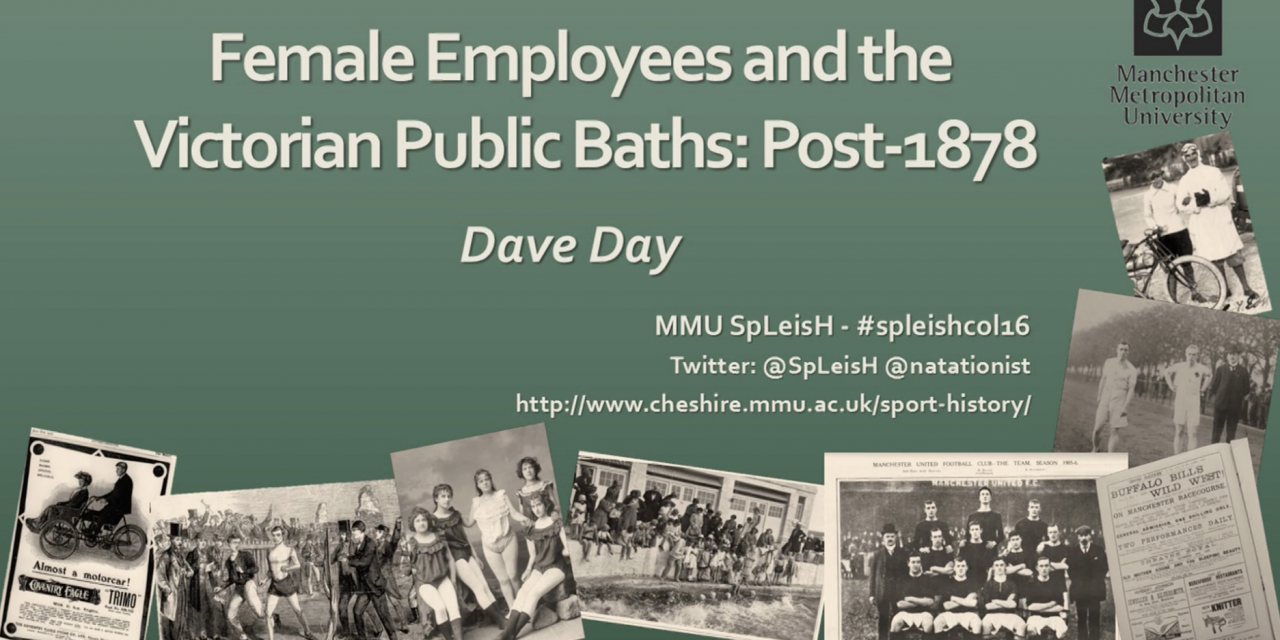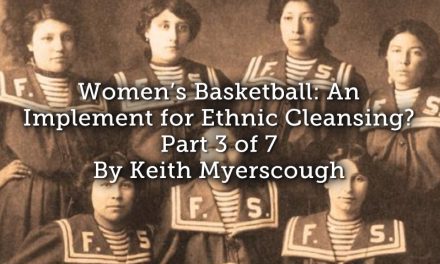Presented by: Professor Dave Day
Mainly because of its utilitarian value and its potential for enabling ‘feminine-appropriate’ activity, formal swimming gradually became more acceptable for women, especially after Municipal facilities increased significantly following the Baths and Washhouses Act of 1878. As the number of swimming baths expanded, some women took on formal teaching positions and some assumed managerial duties, while others were employed in a range of roles from ‘bath attendant’ to ‘ticket clerk’. This pecha kucha reports on the early stages of an analysis of census data collected in England between 1841 and 1911 to highlight an expansion in opportunities for female employment in the Baths during the ‘long-Victorian’ period. The author concludes that the Public Baths provided a number of potential career routes for women from both the lower-middle and skilled working-classes. In particular, both the swimming mistress and the matron, many of whom had family connections to a facility or to the sport, became more visible as participation increased among all social classes.
Biography
Article © Dave Day



![“And then we were Boycotted”<br>New Discoveries about the Birth of Women’s Football in Italy [1933] <br> Part 10](https://www.playingpasts.co.uk/wp-content/uploads/2021/01/Boycotted-Part-10-Marco-Giani-440x264.jpg)

